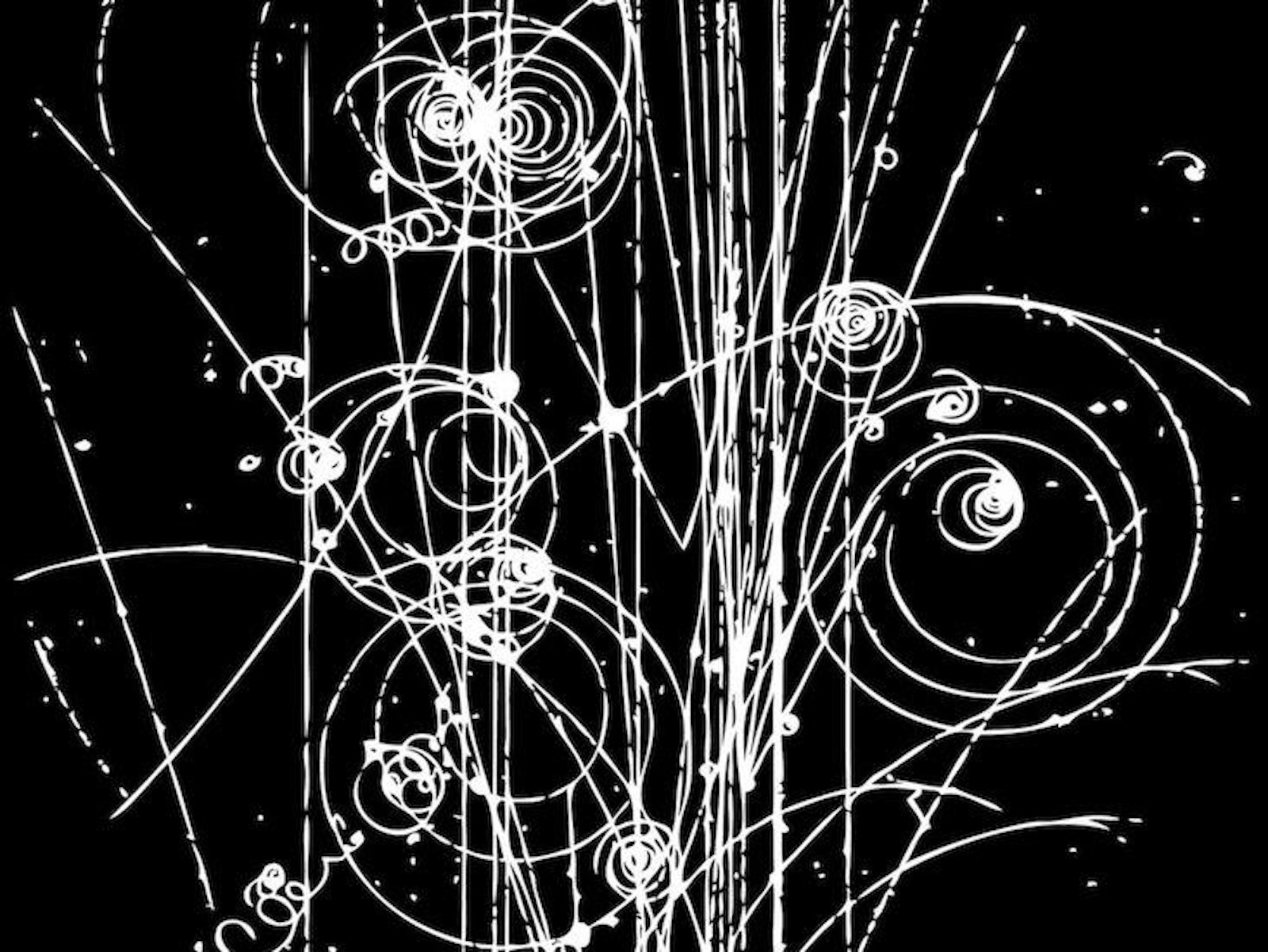I recently discovered panpsychism. That’s the idea that all matter—animate or inanimate—is conscious, we just happen to be somewhat more conscious than carrots. Panpsychism is the modern elan vital.
When I say I “discovered” panpsychism, I mean I discovered there’s a bunch of philosophers who produce pamphlets about it. How do these philosophers address the conflict with evidence? Simple: They don’t.
Now, look, I know that physicists have a reputation of being narrow-minded. But the reason we have this reputation is that we tried the crazy shit long ago and just found it doesn’t work. You call it “narrow-minded,” we call it “science.” We have moved on. Can elementary particles be conscious? No, they can’t. It’s in conflict with evidence. Here’s why.
We know 25 elementary particles. These are collected in the standard model of particle physics. The predictions of the standard model agree with experiment to best precision.
The particles in the standard model are classified by their properties, which are collectively called “quantum numbers.” The electron, for example, has an electric charge of -1 and it can have a spin of +1/2 or -1/2. There are a few other quantum numbers with complicated names, such as the weak hypercharge, but really it’s not so important. Point is, there are handful of those quantum numbers and they uniquely identify an elementary particle.
If you calculate how many particles of a certain type are produced in a particle collision, the result depends on how many variants of the produced particle exist. In particular, it depends on the different values the quantum numbers can take. Since the particles have quantum properties, anything that can happen will happen. If a particle exists in many variants, you’ll produce them all—regardless of whether or not you can distinguish them. The result is that you see more of them than the standard model predicts.
Now, if you want a particle to be conscious, your minimum expectation should be that the particle can change. It’s hard to have an inner life with only one thought. But if electrons could have thoughts, we’d long have seen this in particle collisions because it would change the number of particles produced in collisions.
In other words, electrons aren’t conscious, and neither are any other particles. It’s incompatible with data.
As I explain in my book, there are ways to modify the standard model that do not run into conflict with experiment. One of them is to make new particles so massive that so far we have not managed to produce them in particle collisions, but this doesn’t help you here. Another way is to make them interact so weakly that we haven’t been able to detect them. This too doesn’t help here. The third way is to assume that the existing particles are composed of more fundamental constituents, that are, however, so strongly bound together that we have not yet been able to tear them apart.
With the third option it is indeed possible to add internal states to elementary particles. But if your goal is to give consciousness to those particles so that we can inherit it from them, strongly bound composites do not help you. They do not help you exactly because you have hidden this consciousness so that it needs a lot of energy to access. This then means, of course, that you cannot use it at lower energies, like the ones typical for soft and wet thinking apparatuses like human brains.
Summary: If a philosopher starts speaking about elementary particles, run.
Sabine Hossenfelder is a Research Fellow at the Frankfurt Institute for Advanced Studies where she works on physics beyond the standard model, phenomenological quantum gravity, and modifications of general relativity. If you want to know more about what is going wrong with the foundations of physics, read her book Lost in Math: How Beauty Leads Physics Astray.
This post was originally published on BackRe(Action), Hossenfelder’s blog, and is reprinted with permission.


























